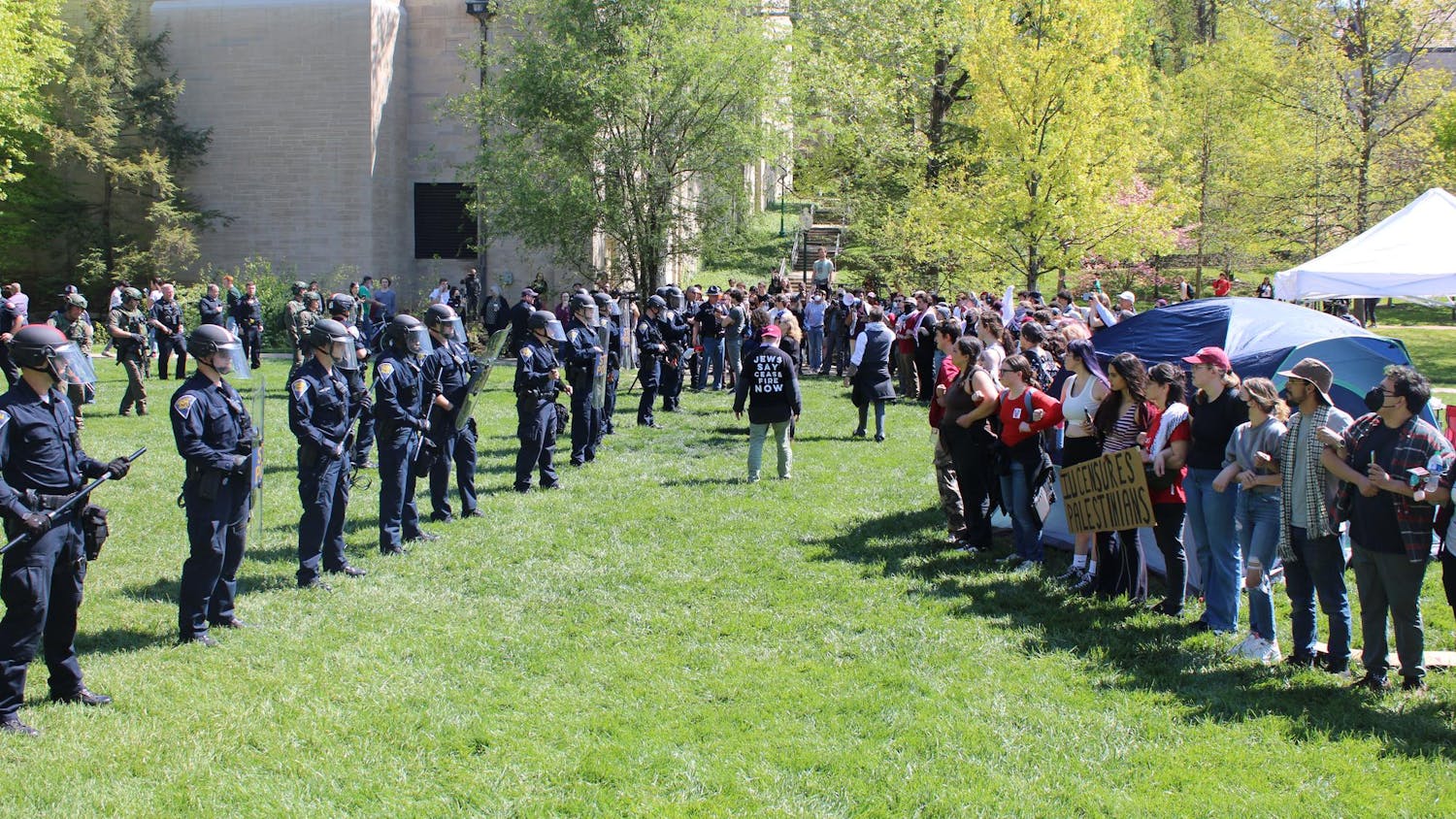College is really expensive. We all know that. And it just gets more and more expensive.
So it was pretty cool last week when Harvard announced all prospective students whose families make less than $60,000 a year won’t have to pay any tuition.
That’s got a lot to do with Harvard attendance costing around $58,000, as well as the fact that Harvard has a $182 million annual financial aid budget. So Harvard is a distinct case.
The reality is despite the multitude of funding options out there, college remains prohibitively expensive for many families. The Century Foundation recently found that students in the bottom 50 percent of the American income distribution only made up 14 percent of attendance at America’s best colleges.
In a study of 900 high school valedictorians throughout the nation, only 50 percent of lower-class students applied for the nation’s most selective colleges, while 80 percent of upper-class valedictorians did so.
The reason: students just don’t apply to schools whose tuition is more than their parents’ combined annual income.
Colleges need to do more to increase income diversity in school, and this isn’t just true of the Harvards of the world. The New York Times reported earlier this year that income-based diversity is lagging at many public schools throughout the nation.
The main tool we use to measure income diversity in a school is the percent of students receiving Pell Grants — the main funding option for lower-income students.
The higher the percentage, the more economically diverse. In 2011, 35 percent of students nationwide received Pell Grants.
At IU, the number was 21 percent.
We can and must do more because college is the greatest generator of social mobility in the history of human economic activity. A college degree is worth anywhere from an additional $250,000 to $800,000 in lifetime earnings, and that number is higher for low-income students.
So when low-income students don’t go to college as much as they deserve to, it’s an economic injustice.
Especially if tests are right that students don’t learn much in college.
One book, Academically Adrift, details the results of a test given to students at the beginning and end of their college careers. The conclusion was that “American higher education is characterized by limited or no learning for a large proportion of students.”
Essentially, college has become a rich student’s club.
If you can pay to get in, you sit around and drink for four years, and at the end of it, you get anywhere from $250,000 to $800,000 more in your lifetime for your trouble.
In the words of Charles Murray of the American Enterprise Institute, that’s “one of the most problematic social injustices in contemporary America.”
We absolutely must do more to address this injustice, and we applaud Harvard for a courageous first step.
— opinion@idsnews.com
Follow the Opinion Desk on Twitter @ids_opinion.
College is not a country club
WE SAY: Economic diversity is paramount.

Get stories like this in your inbox
Subscribe




